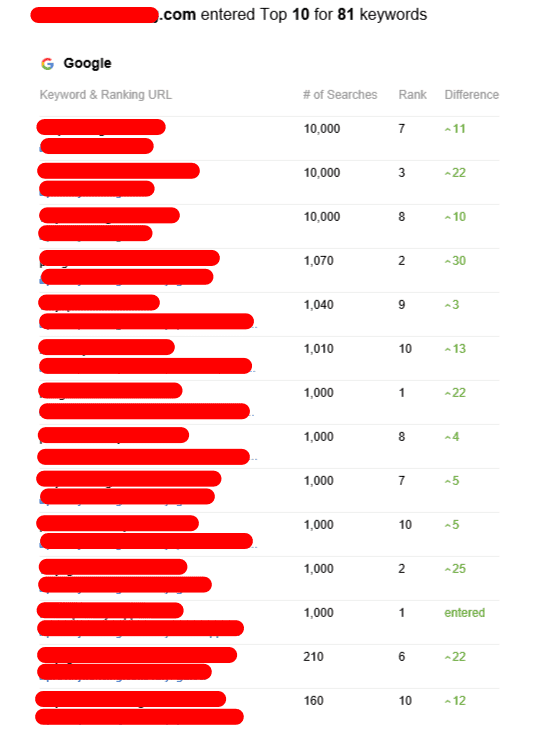15 Reasons You Shouldn't Ignore Tiered Backlinks

Tiered Backlinks Service
Backlinks with different levels of importance are an essential tool in any SEO campaign. They can aid in building a strong profile of backlinks without risking penalties from search engines. It is important to understand how to use them properly.
Tier two backlinks originate from sources that are moderately reliable like blogs, directories and article networks. At this point quality and relevance are considered secondary in favor of quantity.
First Tier
Tiered link building can help you build a high-quality profile for backlinks for your site. tier 1 links is similar to what happens when authoritative content spreads throughout the internet. This is accomplished by establishing networks of websites or pages that can be regarded as a main resource and funneling their link juice to the page that is promoted. By using this method it is possible to build huge quantities of links without sacrificing the quality of your website's content.
Tier 1 links are the top quality links you can get through tiered backlinks services and should only be placed on trusted websites with relevance to your field. They should also have an excellent domain authority. This is the most crucial aspect of your tiered linking building campaign, and it could be difficult to acquire. Utilize tools such as Moz, Ahrefs or Loganix DA Checker for determining the domain authority of your Tier 1 donors.
Tier 2 is the next step in building tiered links. Tier 2 links aren't as powerful than the links in Tier 1, but still can help boost your search engine rank. You can use blog comments, forum posts and wikis to construct Tier 2 links. You should only apply this strategy if it's against the rules Be sure to avoid automation.
Second Tier
Tiered link building is a wonderful method to boost the quality of your backlink profile without putting yourself at risk of penalties from search engines. However, it can also be a major time consuming process. Tiered link building strategies include linking to a variety of pages on a website, which requires an inordinate amount of work. It can take months to see results from an elongated link-building campaign. This is due to the fact that PageRank takes an extended period of time to pass to the final web page.
The first tier should consist up of high-quality, dofollow links which originate from sites that have a high Domain Authority (DA). This is where the value of a tiered backlink is. It is imperative to use a trusted domain authority checker such as Moz, Ahrefs, SEMrush or Loganix to verify the DA of your tier one links.
You can make use of profiles on social media sites, un-spammed Q&A websites, and blog networks. This can be profiles on social media sites, un-spammed Q&A websites, and blog networks. Some SEO practitioners even employ the use of automated link building tools to accomplish this.

It is crucial to remember that the links you obtain for your tier 2 should be natural-looking. Google's Webmaster Guidelines state that if an image appears artificial, it could be flagged as spam and penalized accordingly. This could result in a significant drop in rankings or manual action by Google's reviewers.
Third Tier
Tiered link building is a great method of increasing the authority of your site. It allows you to make the benefits of low-quality backlinks and reduces the chance of being penalized by search engines. This strategy improves the effectiveness of your SEO efforts due to the fact that it permits you to acquire links for lower costs. However, tiered link building is not without its disadvantages. It could be risky if you use excessively low-quality backlinks, or when the links aren't contextually relevant to your site. It is essential to not overdo the quantity of links that are tier as Google could penalize your website.
Tier 2 links are usually less trustworthy than tier 1 backlinks, and they are meant to boost the authority of the domains that have the original backlinks. They can be found in forum posts, blog comments and wikis, as as other web 2.0 resources. This type of backlinks is also called "pumping levels." However, it is crucial to ensure that your Tier 2 links are of high-quality and relevant.
Utilizing too many automated tools to create Tier 3 links may violate Google's Webmaster guidelines and result in an action that is manual. Many optimizers use GSA, Xrumer, and ZennoPoster to automate their Tier 3 link construction. Tier 3 links must be sourced from trustworthy websites and niches. Otherwise, Google will detect them as part of a link scheme and may punish the site.
Fourth Tier
Tiered link building is a way to create links that enhance the authority of your website and boost its SEO rankings. It is crucial to adhere to Google's guidelines when implementing this strategy. If you create Tier 3 backlinks on low-quality or spammy websites for instance, this could cause your website to lose rankings. If you're acquiring links quickly, Google may also penalize your website.
To avoid this, you must focus on creating a varied range of first-tier backlinks from trusted sources. For instance, you could include first-tier links in guest posts links, link roundups, or article directories. It is also possible to use the tier two link to boost the effectiveness of your first-tier backlinks. Tier two links are usually more reliable than third-tier links.
It's important to remember that building tiered links requires an enormous amount of effort and money. For instance, you'll need to pay for content writers as well as automation tools. Additionally, you'll need to keep track of the various tiers to ensure that your marketing is consistent. If you're unable to devote the time and effort necessary to execute this strategy, it's recommended to outsource it to an agency that is specialized in tiered link building.
